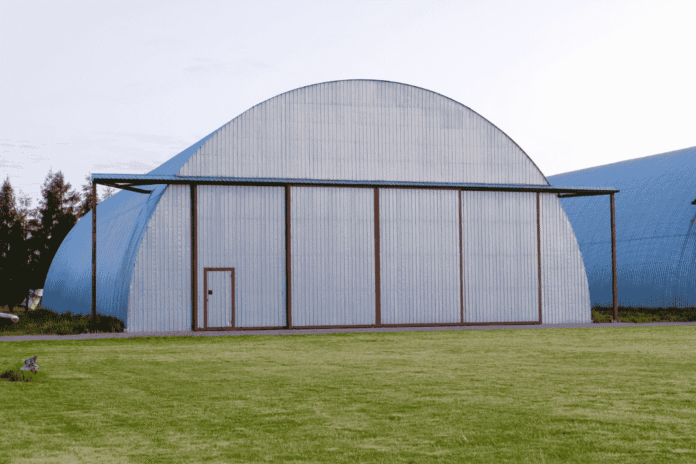Owning a private aircraft is more than just flying. It also means being ready on the ground. A home hangar isn’t just a place to park a plane. It’s where upkeep begins. The right tools make every check smoother. A good setup means fewer delays, better safety, and less stress. Whether flying for fun or work, having a space that works matters. A strong hangar setup protects the aircraft and supports regular maintenance. Here’s how to get it right from the start.
Lighting That Helps You See Everything
Hangars need more than basic lighting. You’ll need bright, clean, and shadow-free light. This facilitates inspections and makes them safer. Select LED fixtures with long life and low heat. Put them where you are most likely to work–the nose, tail and wings. Good light helps spot leaks, cracks, or dirt quickly. Even small wiring checks become easier. Lighting isn’t just beneficial at nighttime. Evening or early morning work can happen often. Reliable lighting means no guesswork, day or night.
The Floor and What Goes on It
A clean floor is more than neat—it’s safer. Oil, fuel, or tools on the ground can cause slips. Slips may be caused by oil, fuel, or tools on the ground. Sealed concrete with anti-slipperiness is good. You can also use rubber mats for comfort. Add painted zones to mark work areas. It helps organize gear and keeps things tidy. Rolling toolboxes glide better over clean floors. It’s easier to clean and faster to spot problems. Good flooring supports every other tool in the hangar.
Where to Store the Small Stuff
Small parts pile up fast. Bolts, clamps, hoses, and wire—each needs a home. Wall shelves and labeled bins help keep things sorted. Magnetic trays work well for nuts and bolts during jobs. Pegboards are great for hanging tools in reach. Don’t forget drawer organizers. These keep screwdrivers from mixing with pliers. Storing parts the right way cuts time looking for them. It also protects them from dirt, oil, and damage. A smart storage plan keeps the workflow smooth.
The Tools That Touch the Plane
Every aircraft needs regular checks. For this, you’ll need the right tools close by. Torque wrenches, rivet guns, wire cutters, and multimeters should be on hand. Choose quality brands. Poor tools slip, break, or fail under pressure. Get soft covers for hard tools to avoid scratching surfaces. Also, consider a workbench with power outlets. Keep tool maintenance simple. Clean and check them often. When tools work well, jobs get done faster and with fewer mistakes.
What You’ll Need for Lifting and Leveling
Sometimes you’ll need to lift the plane. This calls for strong, stable equipment. Look for certified aircraft jacks for sale that match the model’s specs. Make sure they’re rated for the plane’s weight. Choose jacks with safety locks and adjustable height. Having them ready means less waiting if landing gear checks or tire swaps are needed. A level surface and proper lifting gear reduce risk. They also make complex tasks easier and safer to perform.
Staying Ready for Emergencies
Things go wrong when you least expect it. That’s why hangars need emergency tools. Fire extinguishers rated for fuel fires are a must. So are first aid kits and spill cleanup supplies. Keep a battery charger ready too. Sudden power loss or a drained battery can happen anytime. Label every emergency item and keep them within reach. Regular checks on expiry dates and functions are important. Being prepared brings peace of mind and faster response when minutes count.
Keeping It Powered and Connected
Reliable power keeps everything running smoothly. Install enough grounded outlets around the hangar. This avoids using long cords that can cause trips. Have a backup generator in case of outages. Battery tenders help keep aircraft batteries ready. Wall-mounted chargers work well for handheld tools. Consider adding Wi-Fi or a wired connection too. It helps when checking manuals or updates online. A strong power setup saves time and prevents sudden stops during repairs or checks.
Also read: Top 10 Airlines in India
A good hangar isn’t just about space. It’s about being ready. The right layout, tools, and setup protect the aircraft and make every task easier. No tool is too small. No detail is too minor. Everything has its role in keeping flights safe and delays minimal. With a well-equipped hangar, aircraft care becomes part of the journey—not a chore. It’s not just about flying—it’s also about preparing to fly well, every single time.

